Gardening is power. Sure, you might think of gardening as the hobby of grandmotherly types, but gardening is all about mankind’s endless battle to dominate and control the world. We see a plot of land covered in happy native flora and we decide, “Nope. Today you will do exactly as I say, no matter how much time, effort, and expensive fertiliser I have to pour into you.”
This battle of wills often becomes clearest when your garden is suddenly invaded by weeds. The appearance of unauthorised plants can trigger a passionate reaction from your typical gardener, who sees weeds as Mother Nature’s shock troops, softening up your defences in preparation for a full-scale attack. But the term “weed” is a complicated one. Weeds are often simply the plants native to the area — and they’re also usually the evolutionary champs who have survived for millennia while their prettier, more delicate cousins have perished.
Not all weeds are ugly. Any plants typically categorised as weeds can actually be very beneficial to your garden. Instead of reflexively removing weeds, take a moment to identify the invaders and make a more rational decision. Here are 20 garden weeds you actually shouldn’t get rid of.
Chickweed
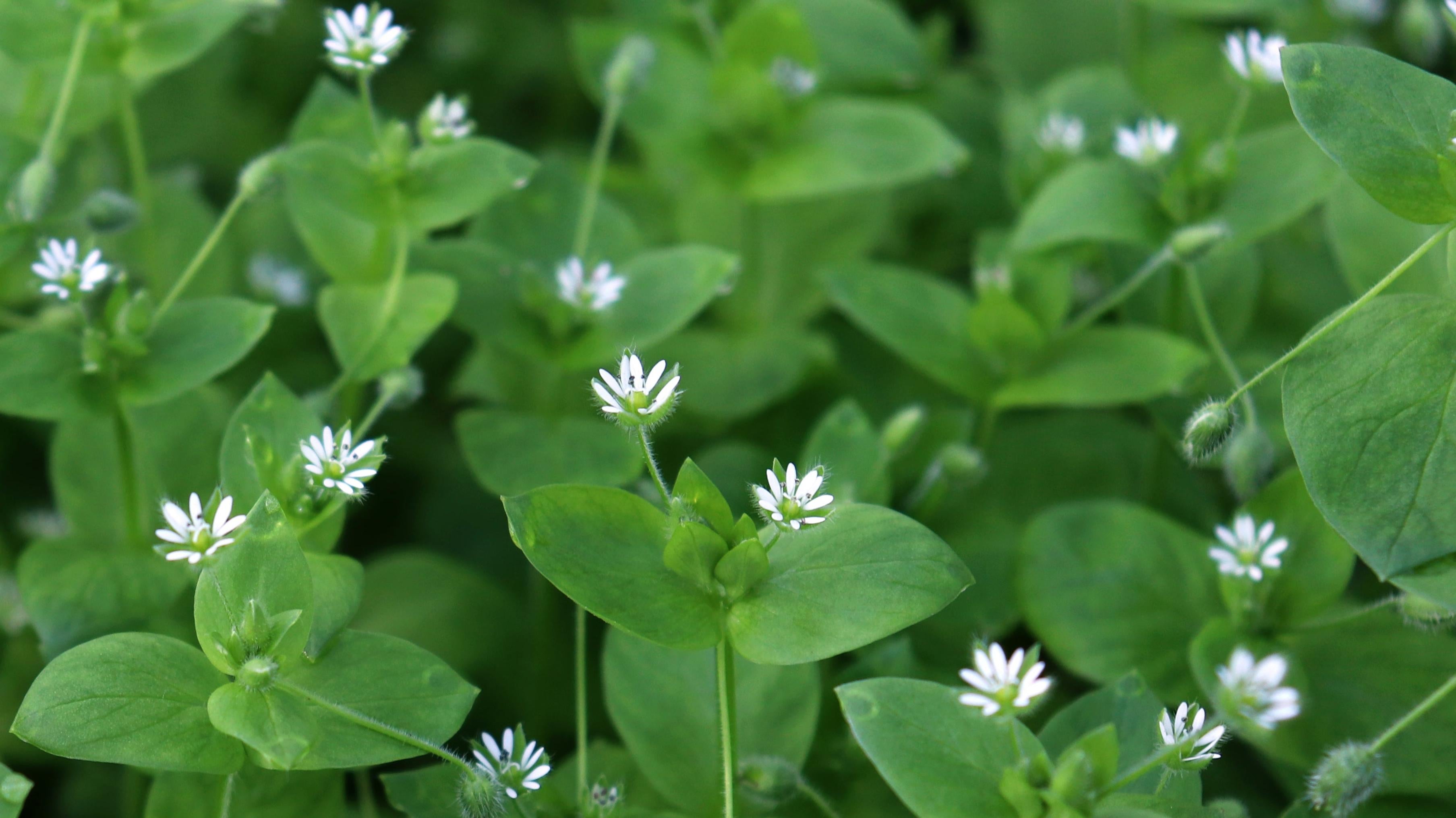
There are two reasons to let chickweed flourish in your garden. Firstly, chickweed is edible, and can add a special something to your salads or stews. It’s also good for poultices and soothing minor wounds. Secondly, chickweed only grows in soil with unbalanced mineral profiles — with low calcium and high potassium or sodium, for example — so its presence is a sign you should test and fertilize your soil before the rest of your garden starts to fail.
Lamb’s quarter
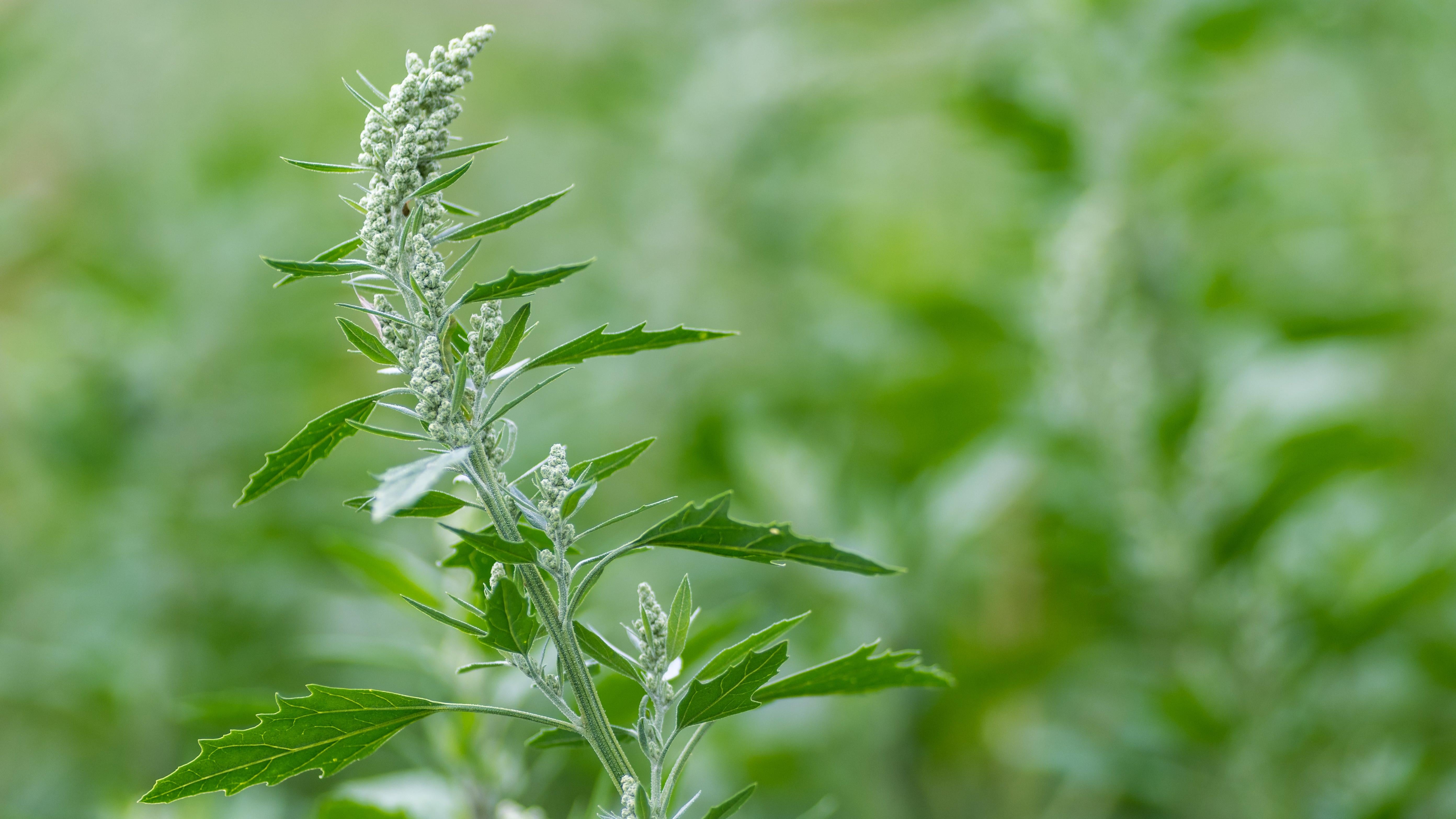
Although lamb’s quarter is edible, it’s never going to be anyone’s first choice for a meal. Still, it’s very useful in your garden because it tends to pop up in tired soil that’s lost a lot of its nutrients, and then does a bang-up job of re-energising it. If you see some lamb’s quarter sprouting, let it do its job and recondition your soil. The rest of your garden will thank you.
Clover
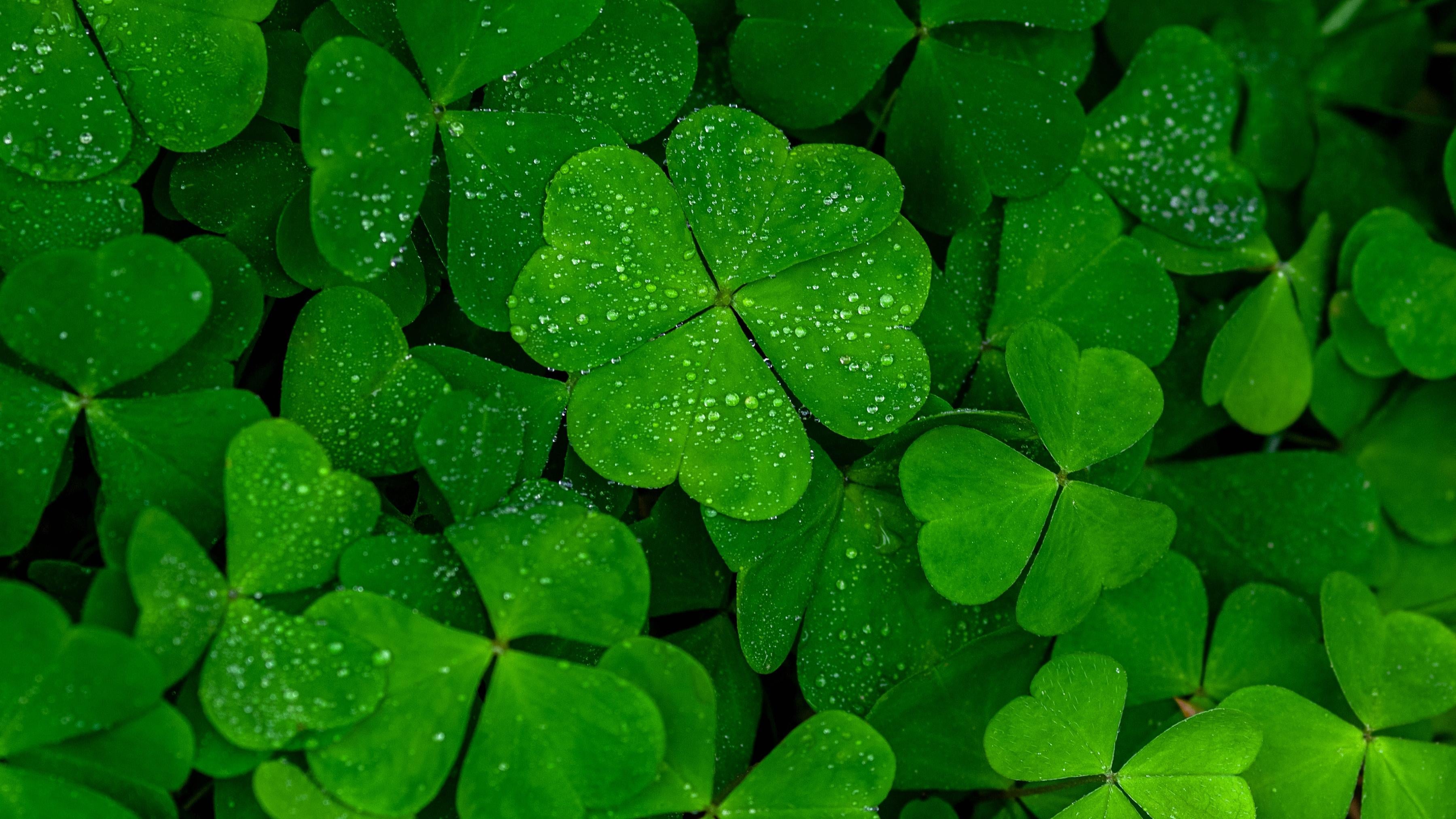
If your garden is a target for rabbits and other hungry critters, clover is a great distraction that will keep them busy — and away from your other plantings. Clover also enriches the soil with nitrogen (and attracts earthworms, which also help fertilize), so letting it have its way in your garden will make your soil richer and your garden bright. Also, consider all that luck.
Dandelions
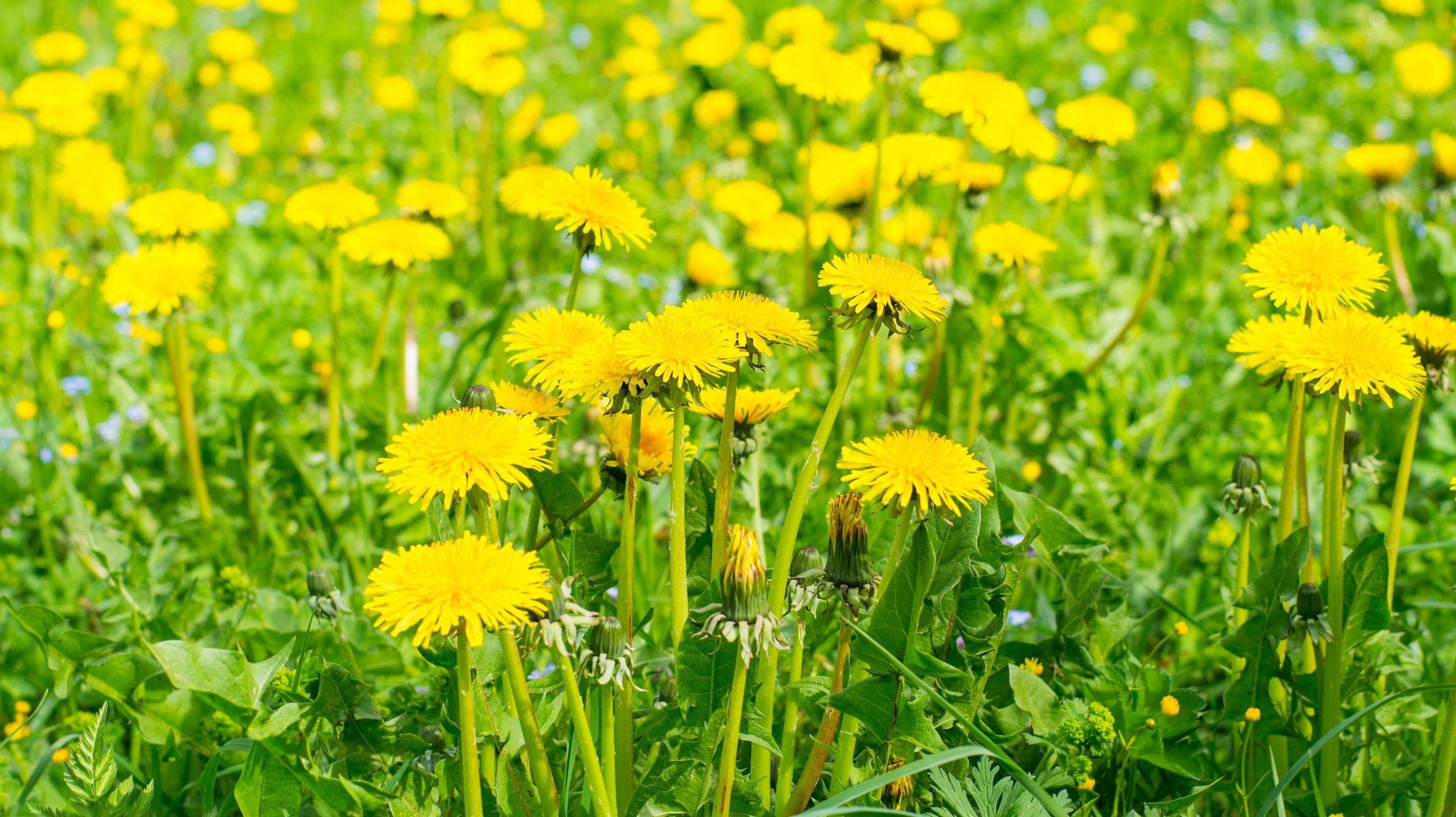
Dandelions are surprisingly edible and actually very healthy. They’re herbs, packed with vitamins and minerals. Dandelions can be added to salads, cooked and roasted, and even made into tea. For your garden, dandelions have very deep root systems that drag nutrients up toward the surface, where less-hearty plants can more easily get them, so they tend to improve the overall health of your plants. Plus, there’s the age-old joy of blowing the seeds off a mature dandelion and watching them head off to colonise someone else’s garden.
Pennycress
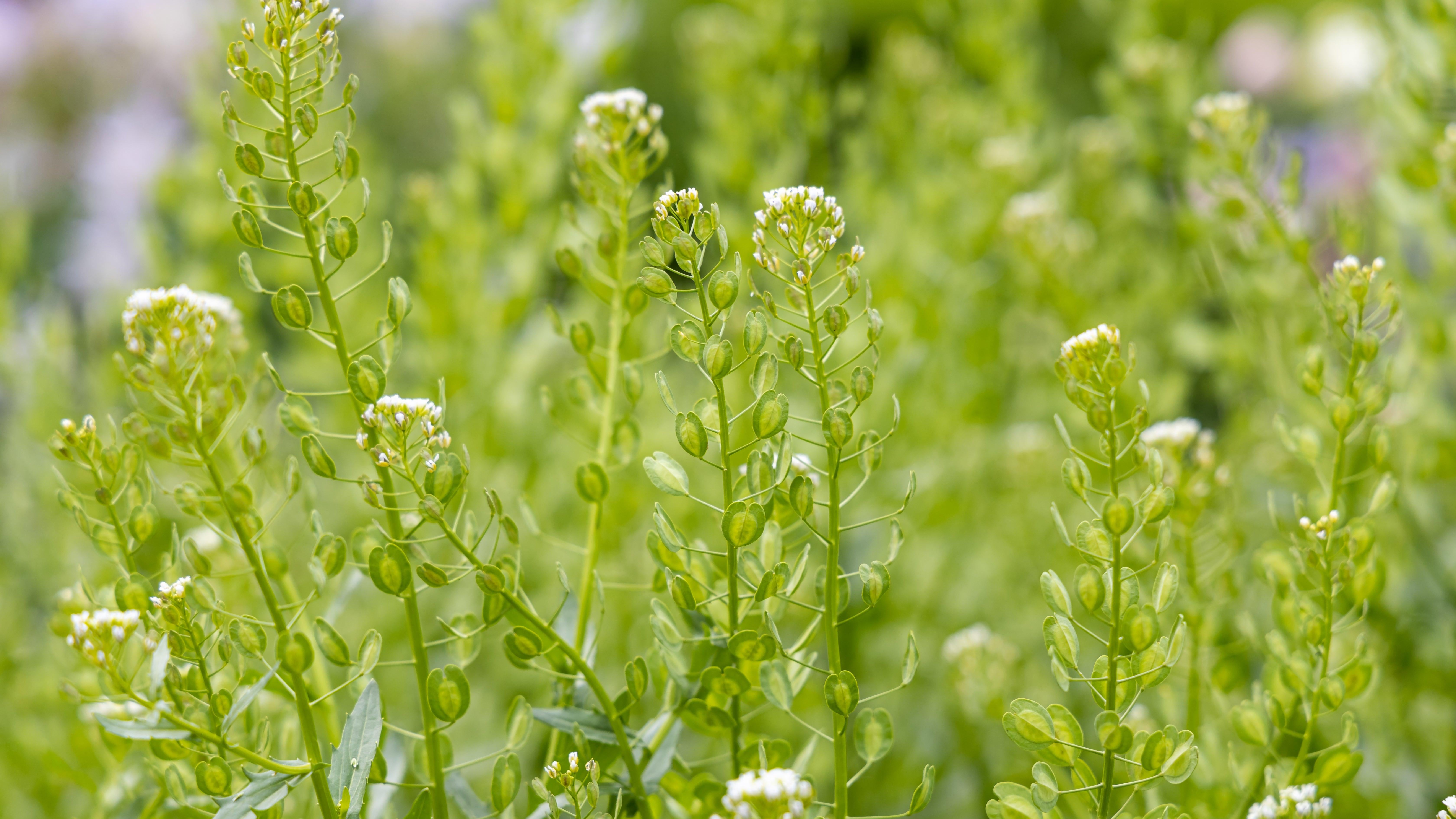
Metals in your garden soil will eventually stunt or kill your plants. But not pennycress, which loves to eat metal. Letting some pennycress run rampant in your garden will reduce the levels of nickel, lead, and arsenic in the ground, improving conditions for other plants. Pennycress also slows down soil erosion and can actually protect your plants because it can prevent harmful weeds from getting a toehold, but doesn’t actively choke other plants.
Goldenrod
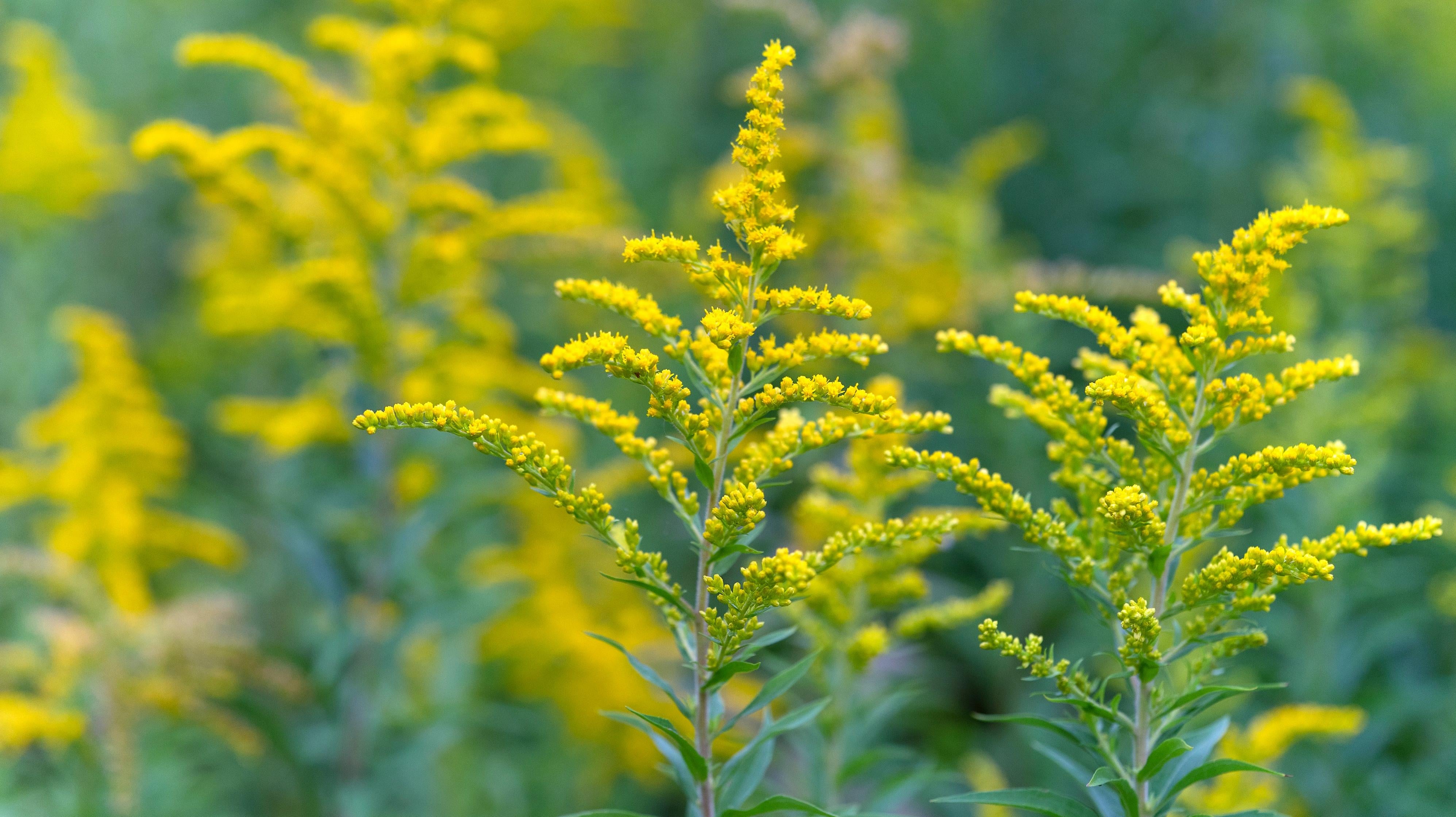
Many gardeners confuse goldenrod with ragweed. The plants are related, but ragweed produces huge amounts of pollen that irritated anyone with allergies for miles around, whereas goldenrod is a plant you should welcome into your garden area. As the name implies, goldenrod plants bloom into bright yellow flowers that are actually quite pretty — ragweed flowers are tiny and easily overlooked in contrast. Goldenrod is an important source of nectar for bees and other pollinating insects, so letting them flourish is good for everybody.
Burdock
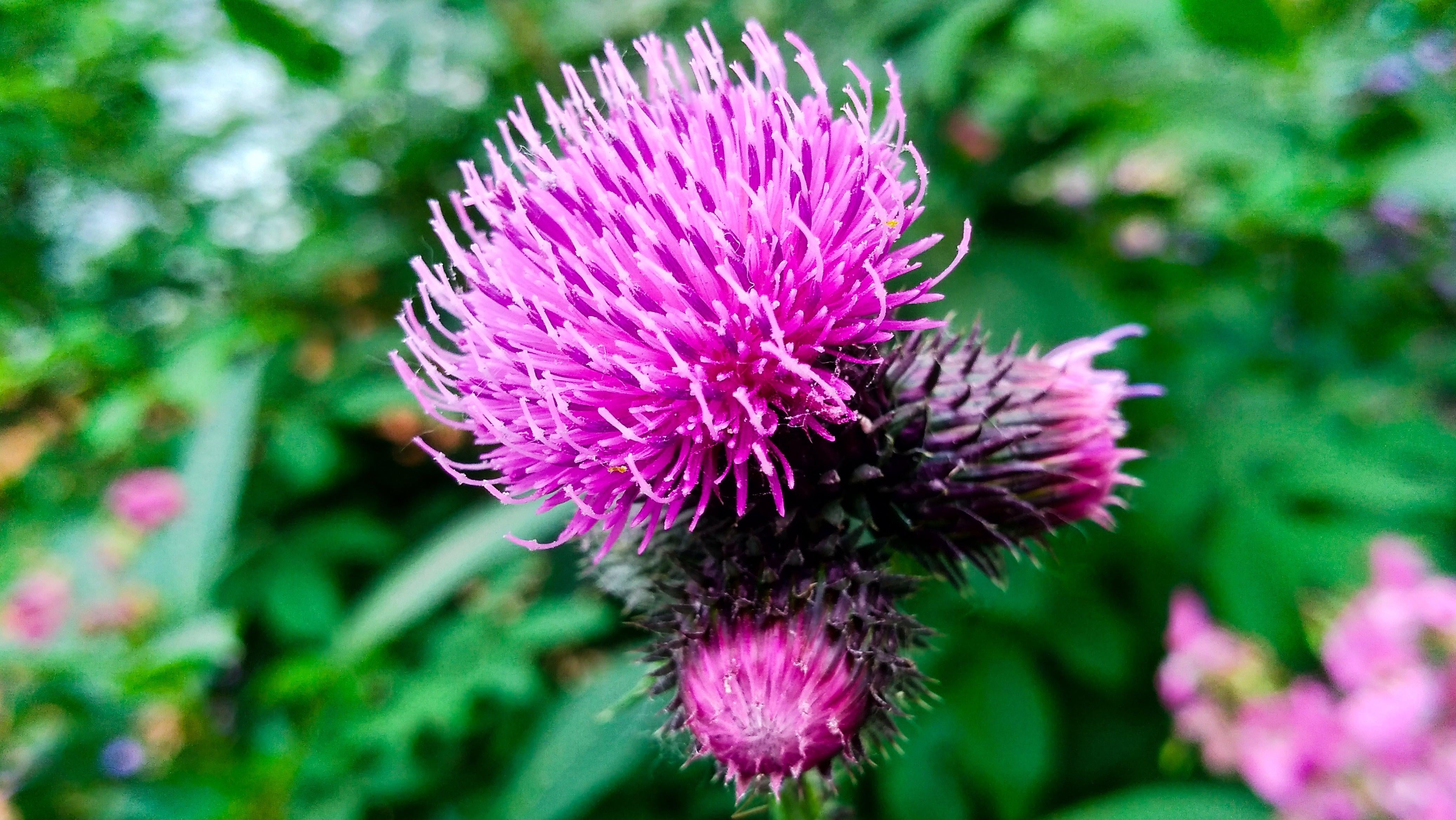
Burdock’s spiky, bright pink or purple flowers don’t look especially attractive, but they do offer a nice pop of colour in any garden. Further, burdock has been used as a digestive aid and medicinal plant for centuries. You can find all manner of burdock preparations in many health food stores. Instead of going to war with this weed, try to control it so you get colour where you want it, and give it a try as a snack or a salad addition. You might be surprised.
Stinging nettles
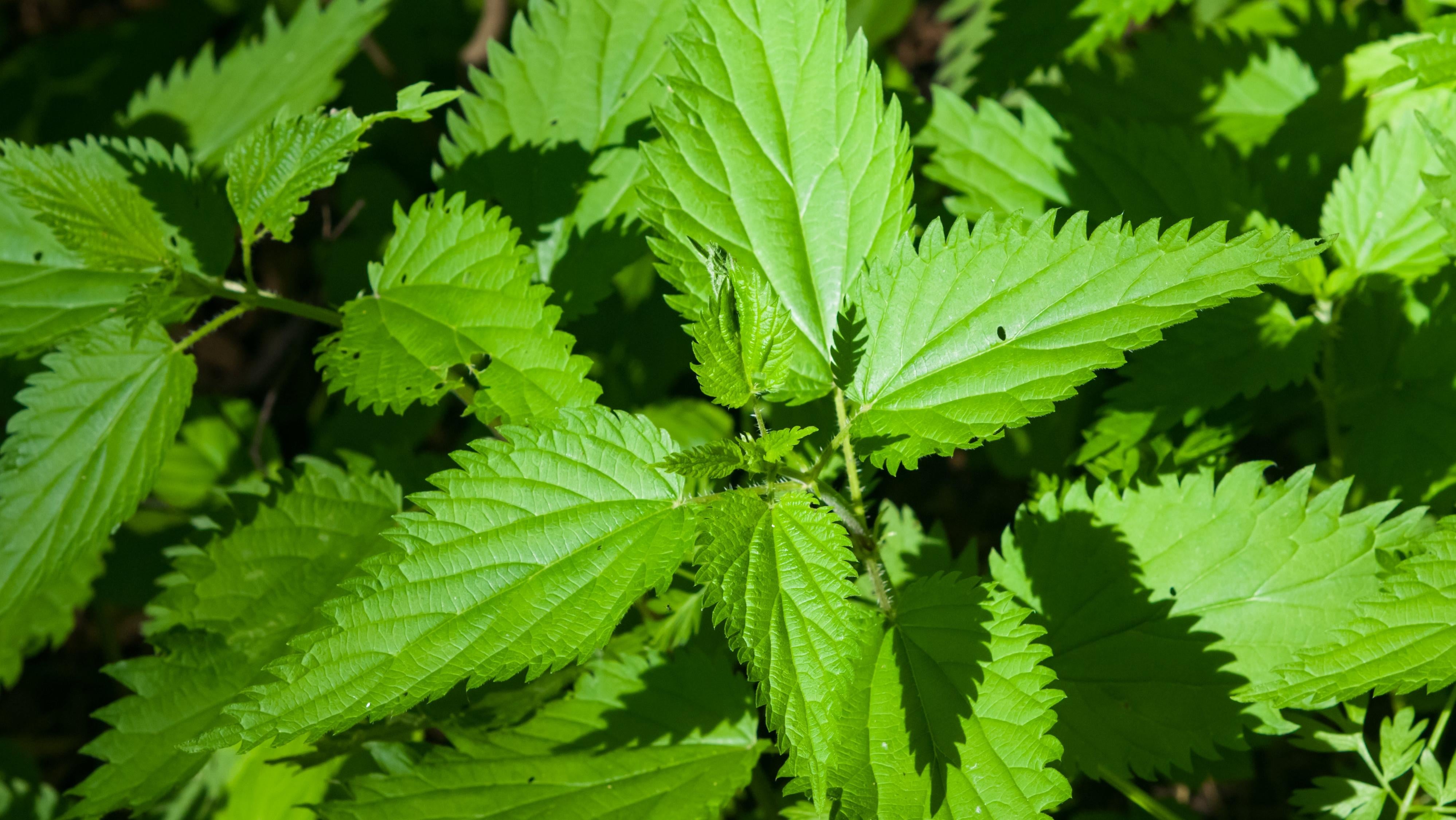
Stinging nettles can be an irritating problem in a garden you want to walk through because the sharp little hairs on them aren’t pleasant to touch. It’s understandable that people try to get rid of these plants when they invade, but there are reasons to cultivate stinging nettles. For one, if you want to fertilize your garden organically you can boil stinging nettle leaves for half an hour, then remove the leaves and add the infused liquid to what is already in your watering can. For another, the plant is edible (after cooking to remove the “stinging” part) and offers a wide range of health benefits.
Ground ivy
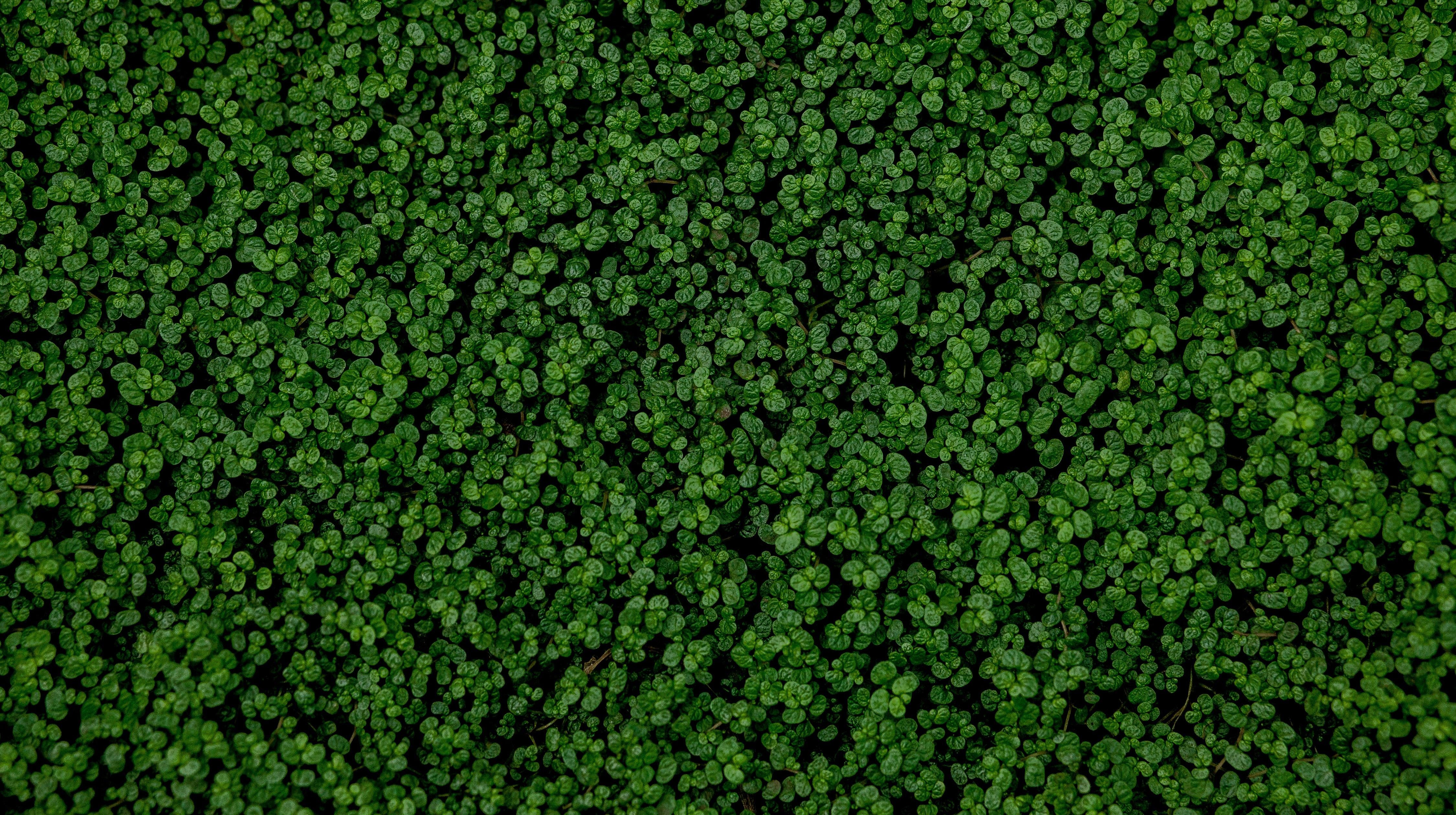
You might find ground ivy’s tendency to cover every inch of ground to be irritating, but this aggressive little plant is actually your friend. It repels a wide range of destructive insects like cucumber worms, cabbage worms, and beetles. Further, ground ivy is pretty attractive as a ground cover, so why not let it set up shop to make your garden a healthier, happier place?
Vetch
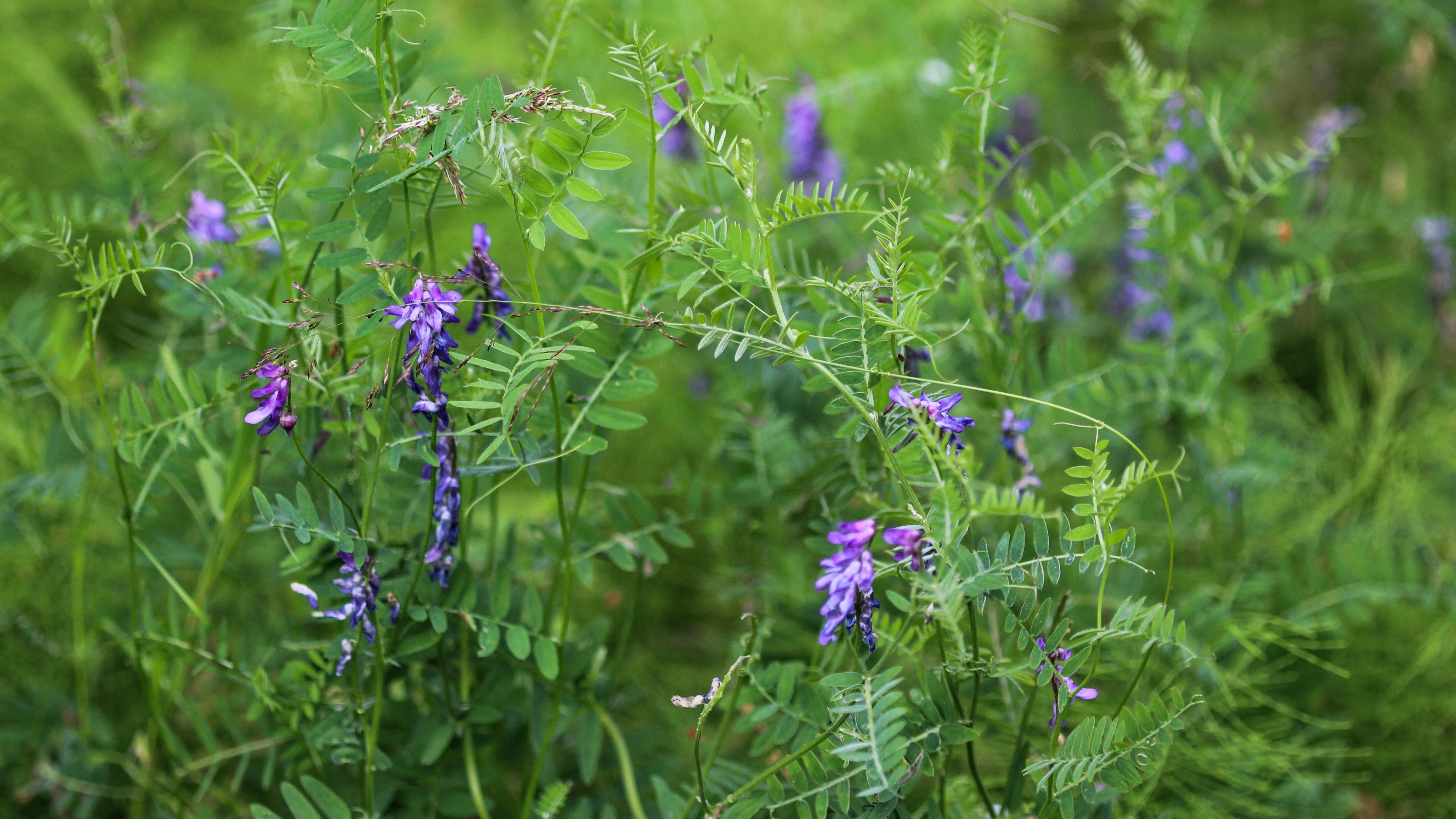
Vetch is a pretty attractive weed, if you ask us. The tall, purple flowers offer a good contrast in any garden. Vetch also enriches the soil it grows in, so planting it near your vegetable installations will help them get all the ground nutrients they need. The plant is even a habitat for beetles that will happily eat the bugs that are coming for your vegetable, so together, they form a natural, organic pesticide in your garden.
Broadleaf plantain
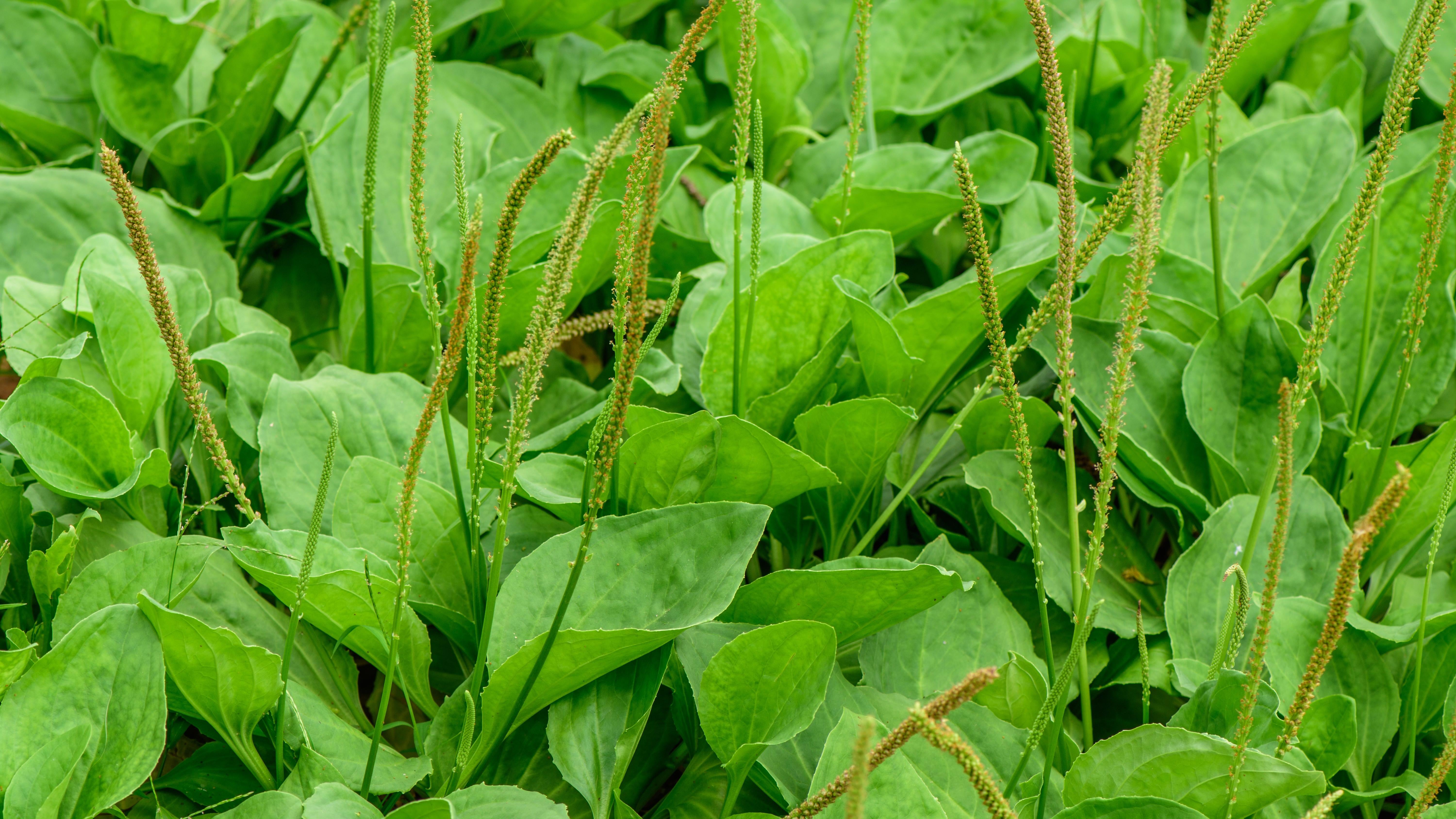
Broadleaf plantain is an odd-looking plant, which is why many gardeners try to boot it from their land. But it’s actually a great one to have because it’s a natural fertiliser: The plant blooms, then wilts, leaving its leaves (and sometimes roots themselves) to decompose and enrich the soil, making it easier to grow everything else. And broadleaf plantain plants are entirely edible, very good for you, and have some terrific medicinal properties.
Purslane
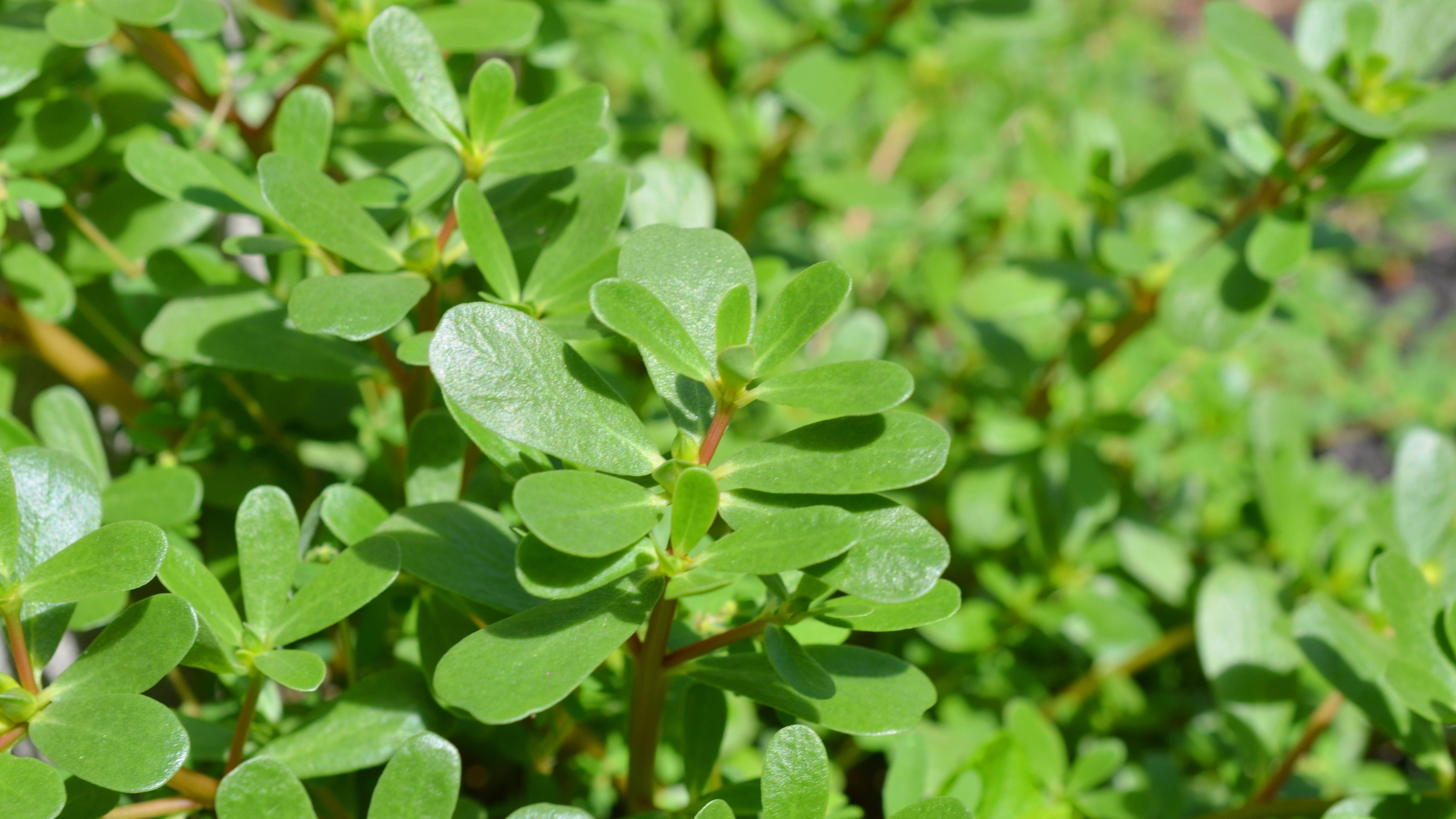
Yes, you have to be careful with purslane because it’s very aggressive and grows incredibly quickly. Slack off on a purslane invasion and before you know it, your garden is all purslane because it will form a carpet that blocks any other plants from catching sunlight. If you do control it, though, purslane can be an attractive ground cover — and an excellent addition to your salads, as it’s delicious and packed with vitamins and minerals.
Curly Dock
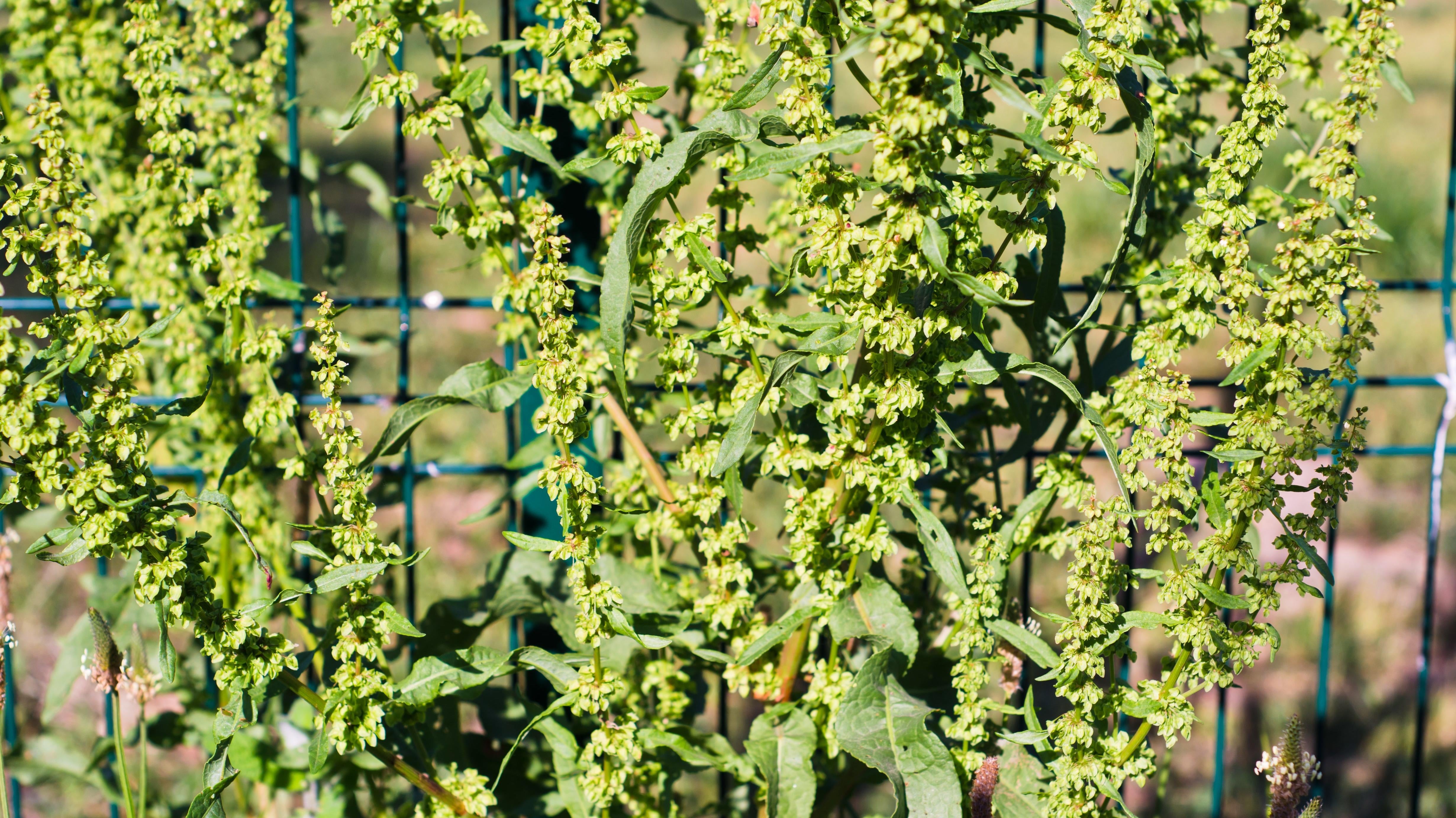
Curly dock isn’t the most attractive plant in the world, but it’s edible and very good for you (it tastes a bit like spinach). Curly dock can be very difficult to eliminate because the root systems go deep underground, so pulling the individual plants won’t work. Instead of wasting all that energy, try harvesting your dock to keep it cut back, and make it part of your diet.
Daisies
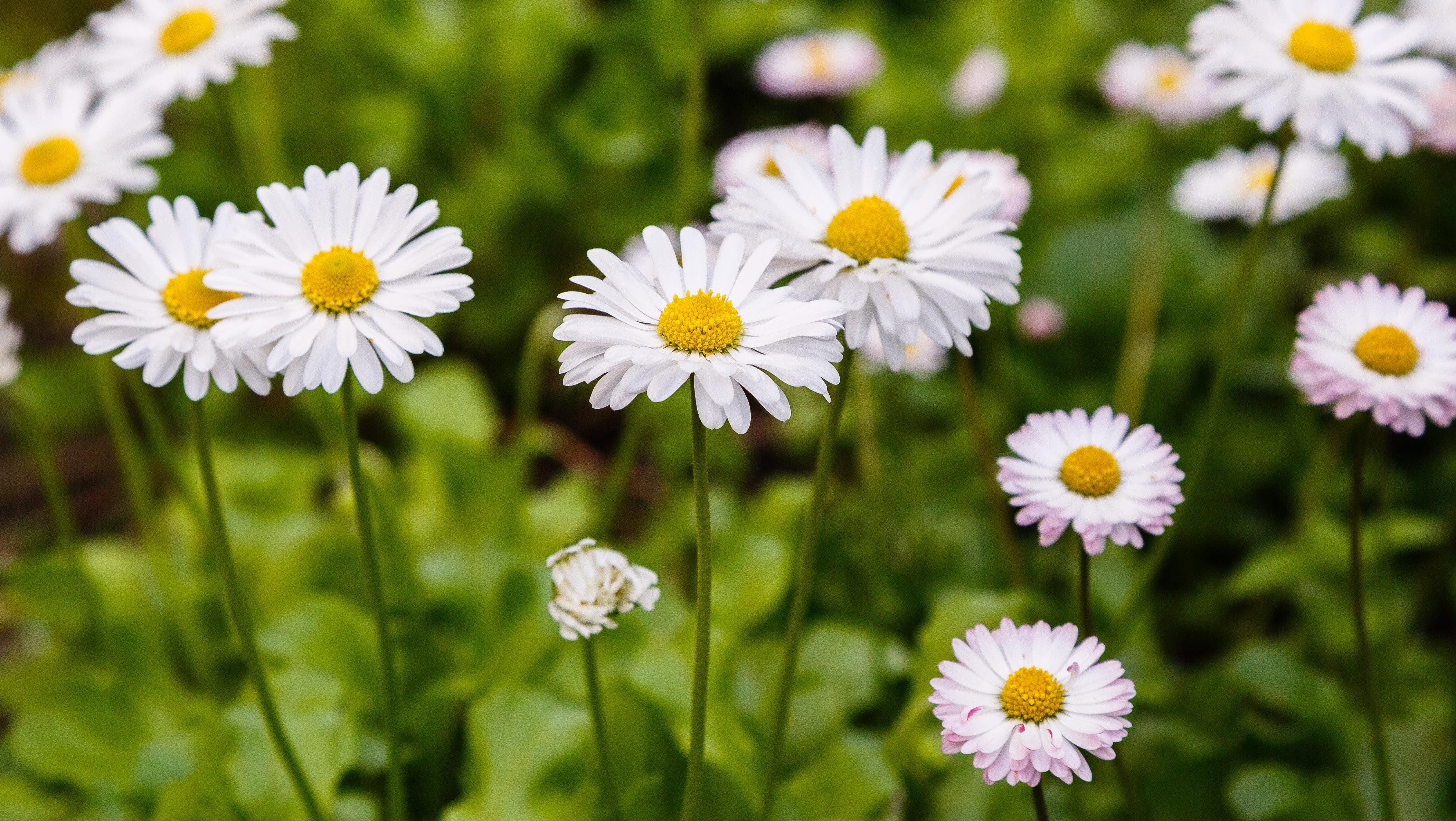
Why people consider this pretty flower to be an irritant is a mystery. Not only are daisies very attractive, they’re easy to grow (because, you know, they’re weeds) and they have a host of health benefits. Daisies can be eaten raw or brewed into a tea. Daisies will also attract pollinators to your garden, so they not only feed you, but will ultimately feed your other plants.
Garlic Mustard
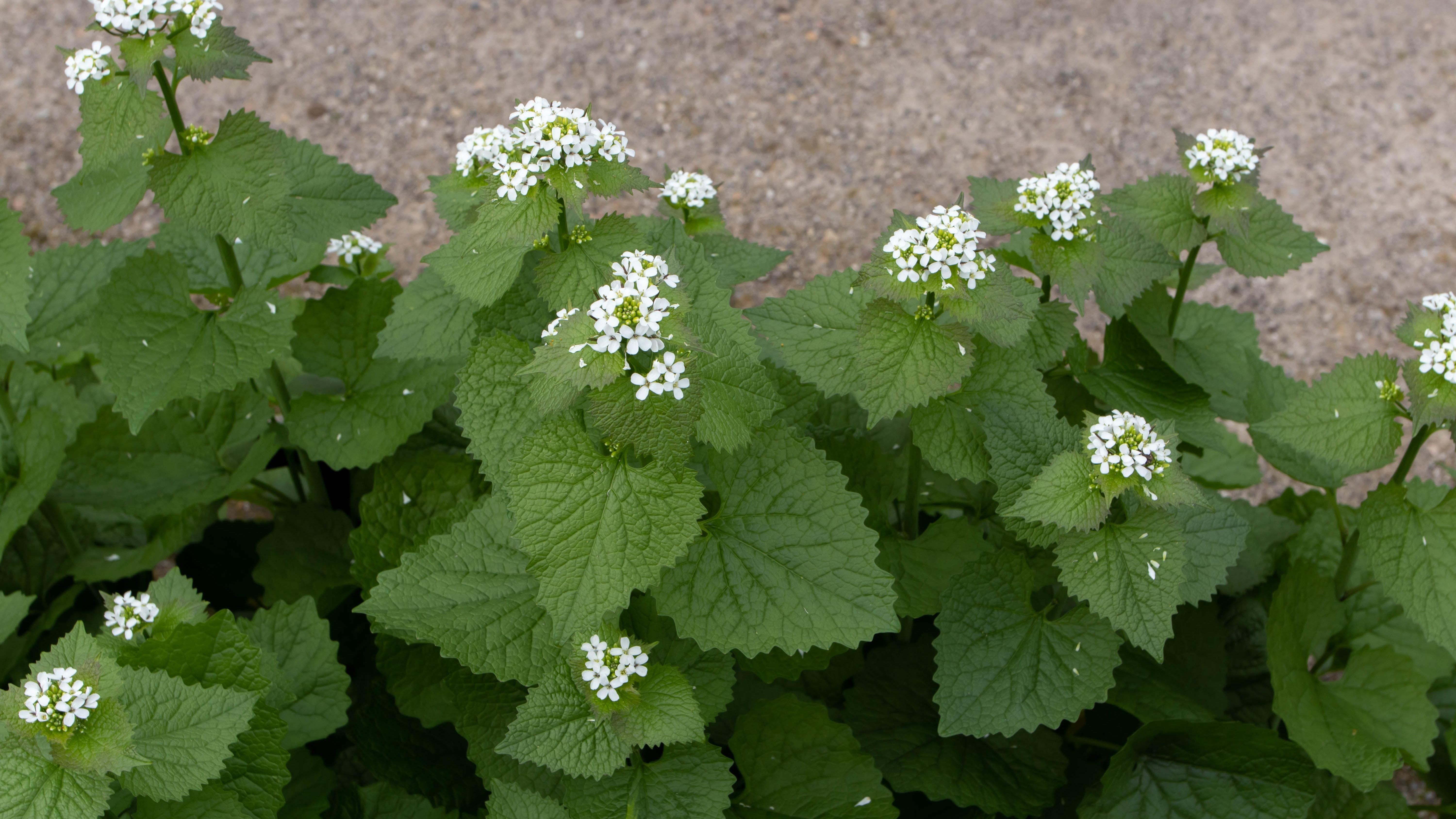
Garlic mustard plants are aggressive invaders, but they’re not unattractive, and they make for very good eatin’. The leaves and flower buds can be used when making pesto or hummus, and the stems will remind you of a snap pea with a garlicky flavour (unsurprisingly). This is a weed that you can (and should) treat as a crop.
Elderflower
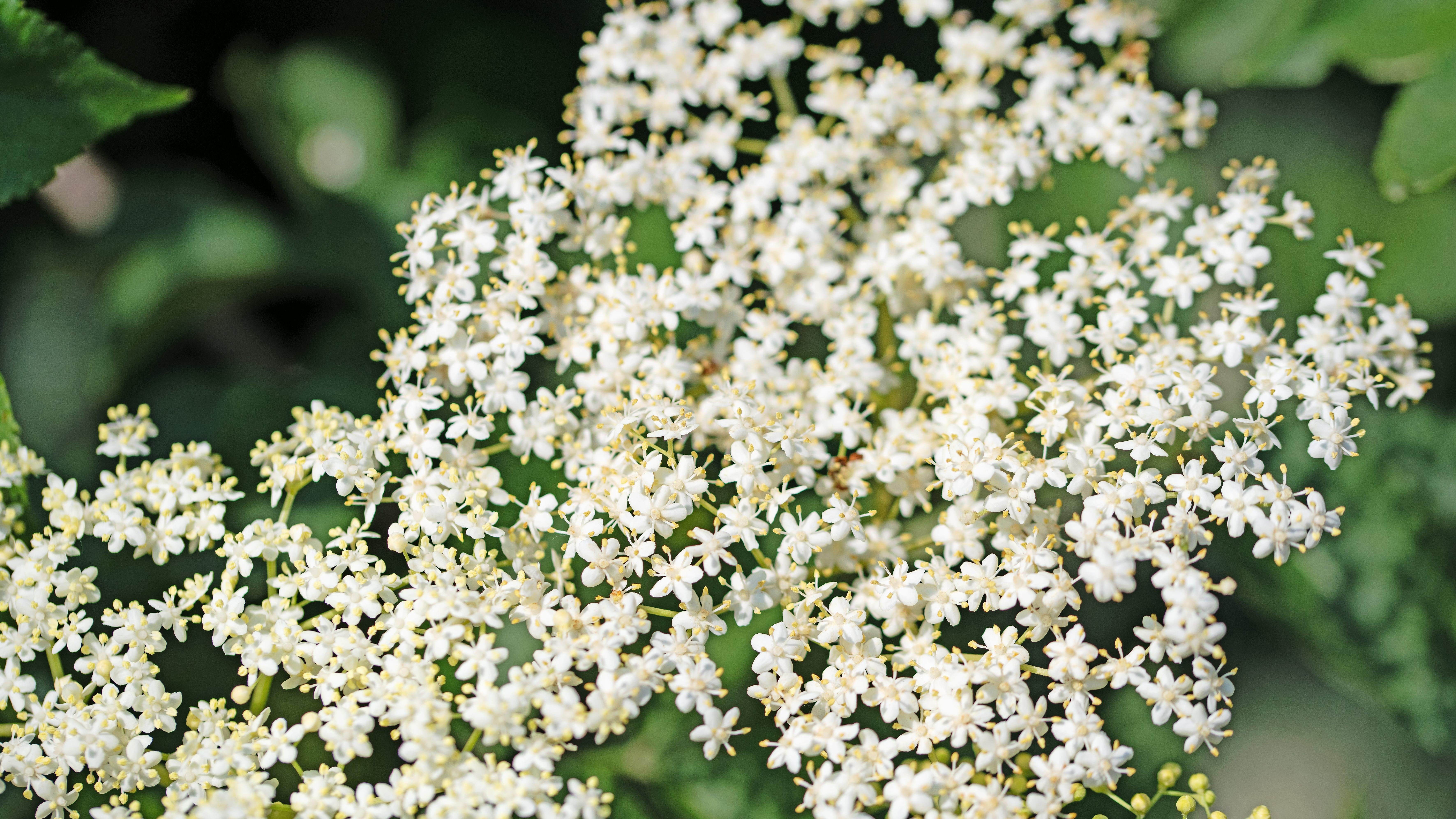
The elderflower is actually not a weed at all, but a tree that grows so well it’s often mistaken for a weed. As a result, elderflower makes for a nice contrasting plant in your garden. More importantly, it’s one of the most versatile foods you’ll find accidentally growing back there. The list of things you can make with elderflowers is pretty long and includes everything from cakes to cocktails.
Amaranthus
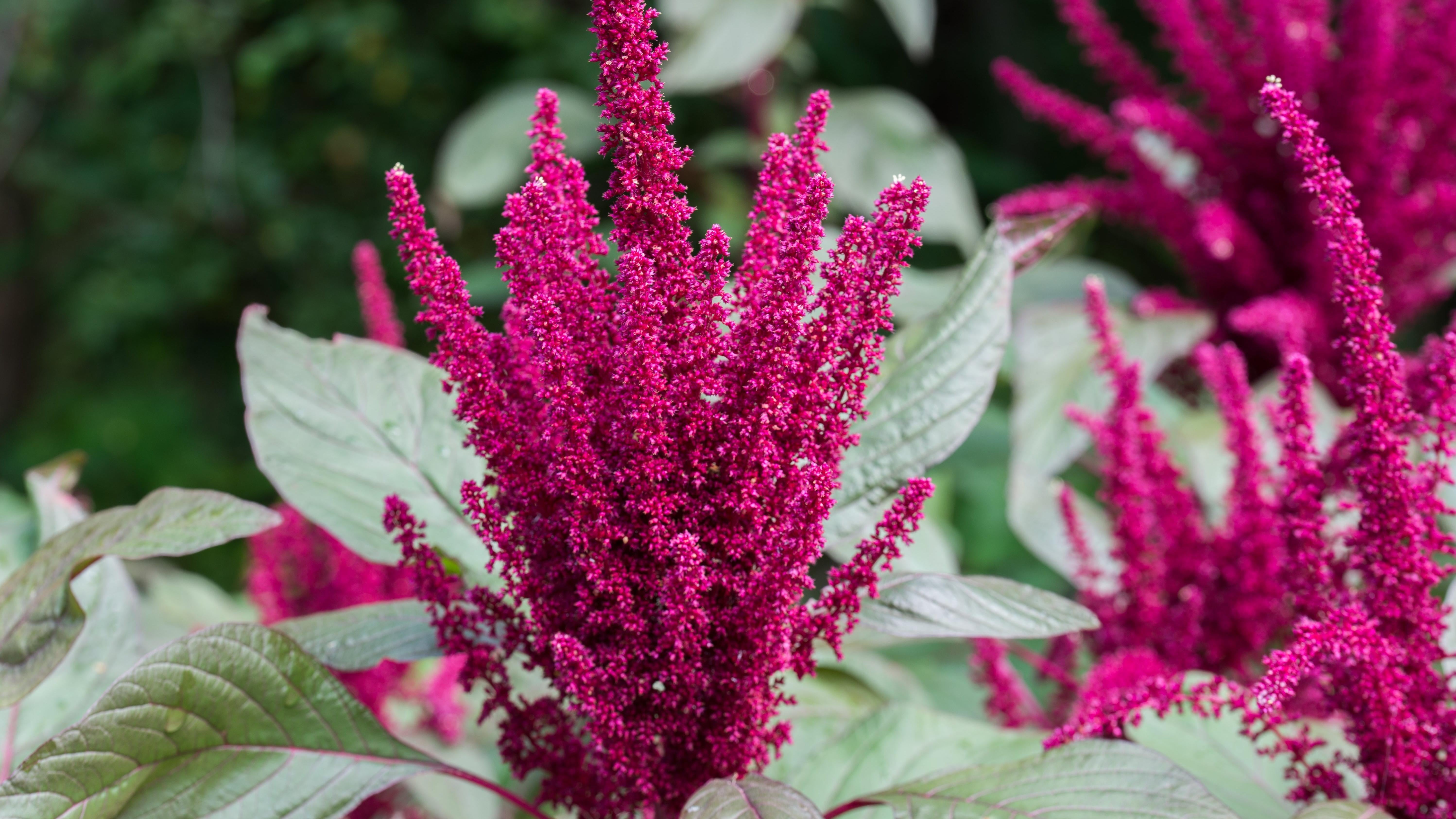
With their dramatic, bright red flowers, amaranthus plants are actually a very cool addition to your garden’s colour palette. Sometimes called pigweed (rude), they’re also delicious and nutritious. The best way to use amaranthus is to pluck the leaves and cook them like spinach, but you can actually cook with amaranthus in a wide variety of ways.
Mugwort
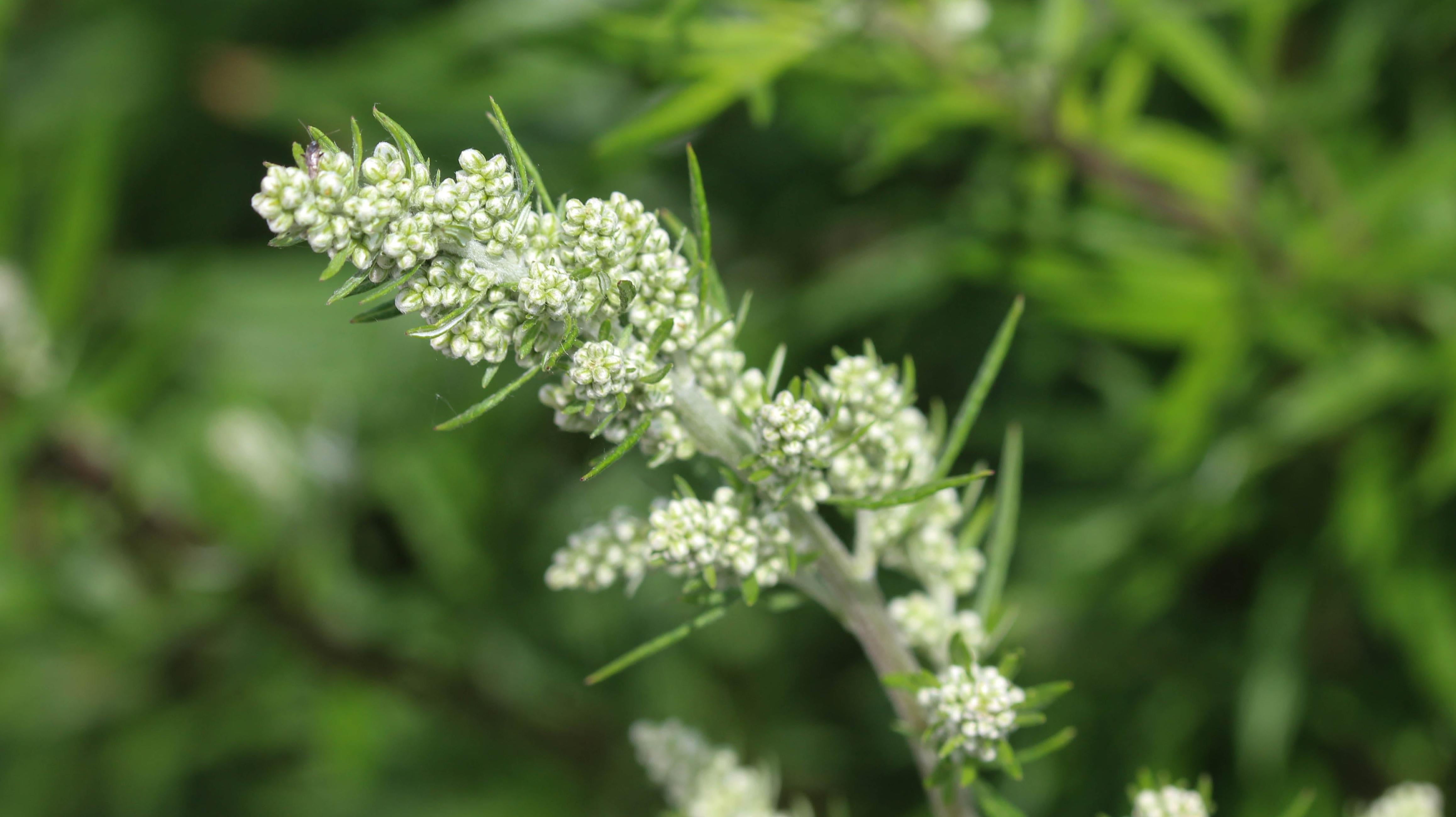
One thing to know about mugwort is that it is one determined and hardy plant. If you try to eradicate mugwort from your garden, good luck: The odds are not in your favour. A better idea is to embrace mugwort for its positive qualities. It slows soil erosion, absorbs the metals that kill your other plants, and enriches soil. Best to try to control and contain the mugwort than to waste time trying to eliminate it.
Cleavers
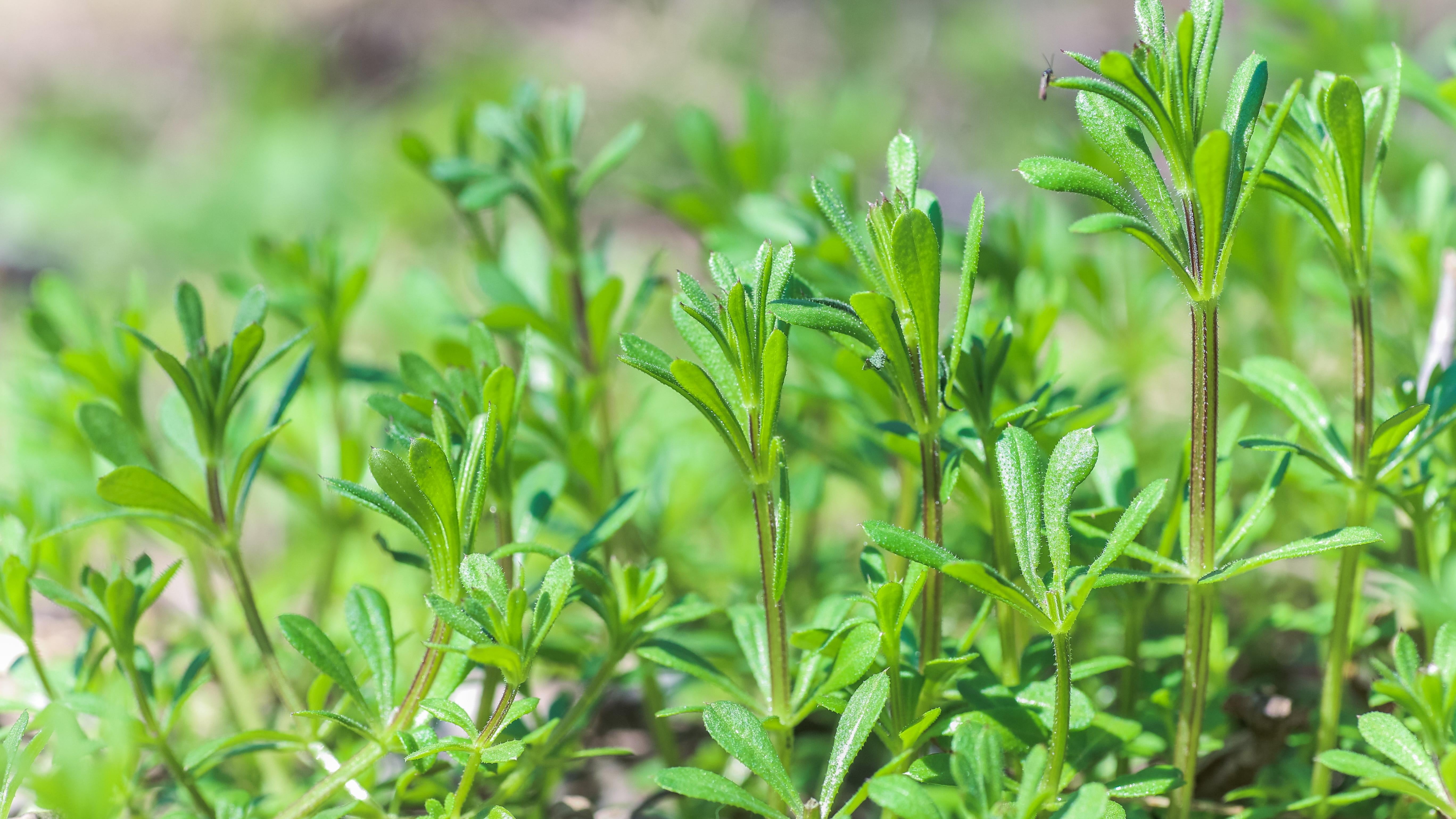
Invasive and not exactly attractive, cleavers are not exactly in high demand among gardeners. In doing away with cleavers, though, you’re you’re losing out on powerful herbal medicine. Beverages made from roasted cleavers seeds can help with urinary and kidney health, and these plants are also used as a topical treatment for a wide range of skin diseases and conditions.
Lemon balm
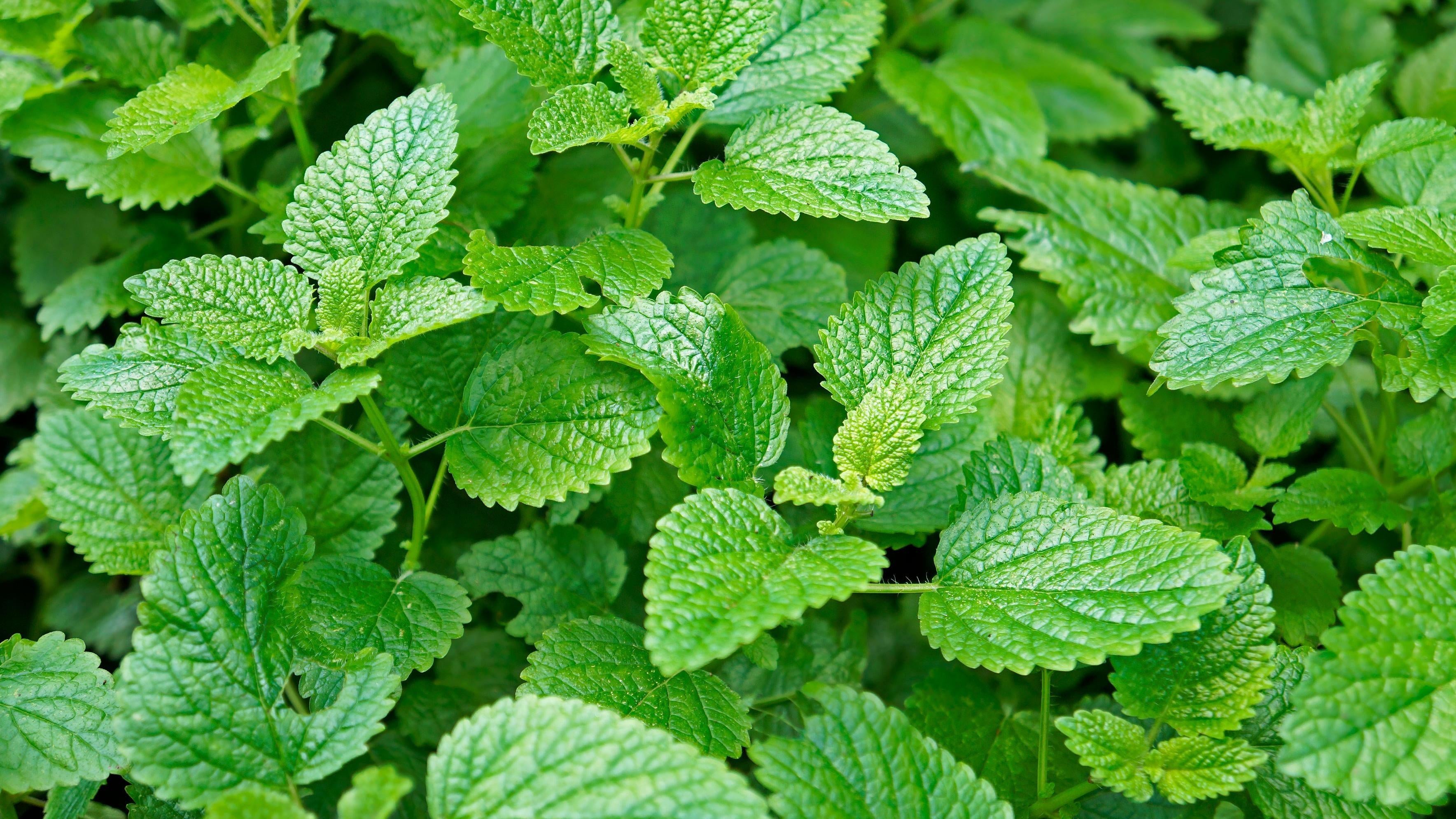
Lemon balm will attract bees to your garden to do their thing, which is reason enough to let it thrive a bit. It’s also edible, has a long history of being used as a herbal medicine, and works extremely well as a substitute for mint in any recipe. The leaves alsowork gangbusters as a cocktail garnish or to add zest to boring old water.
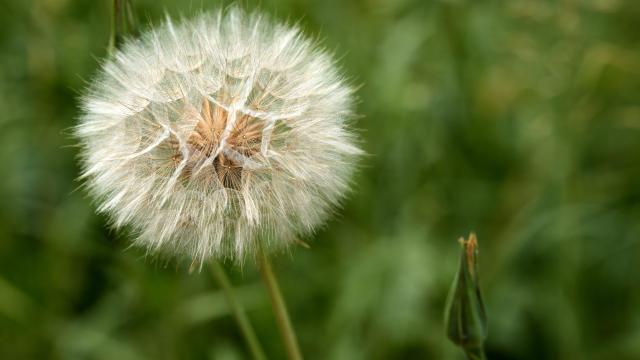
Leave a Reply
You must be logged in to post a comment.